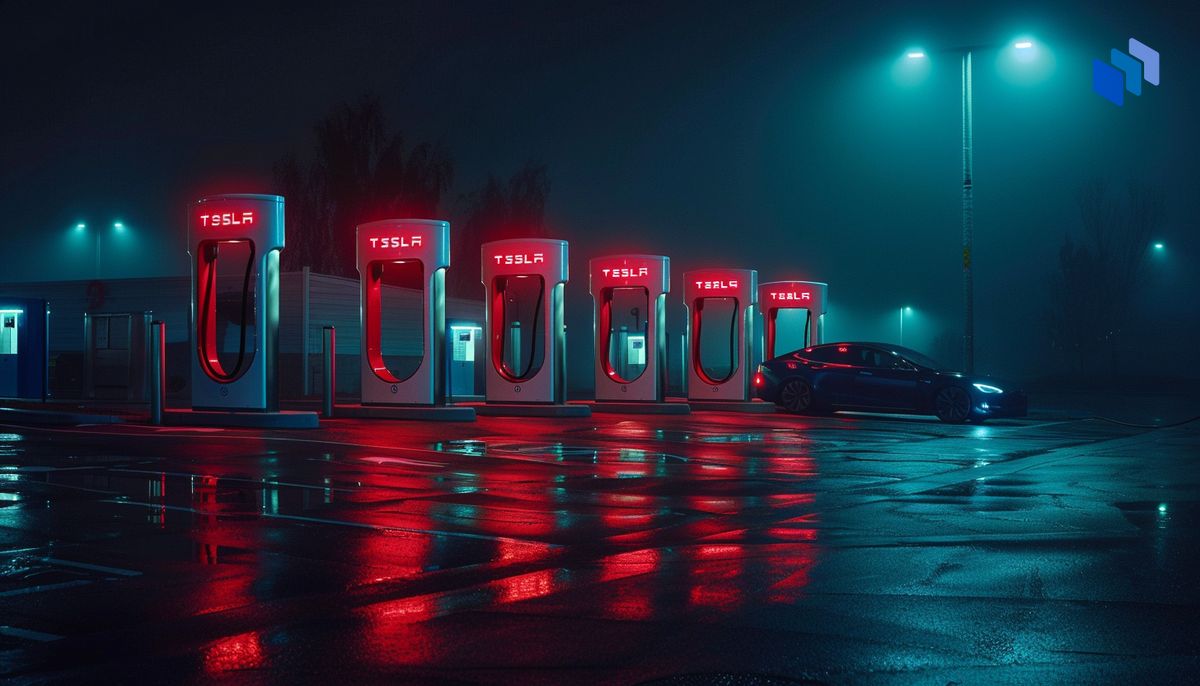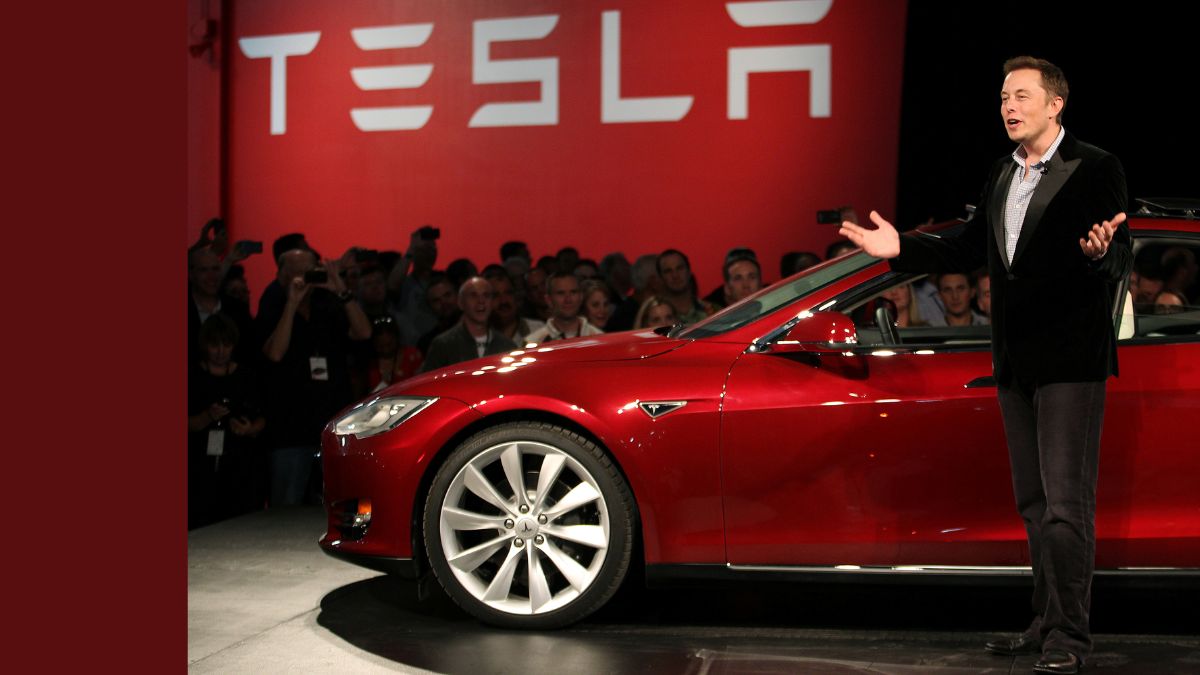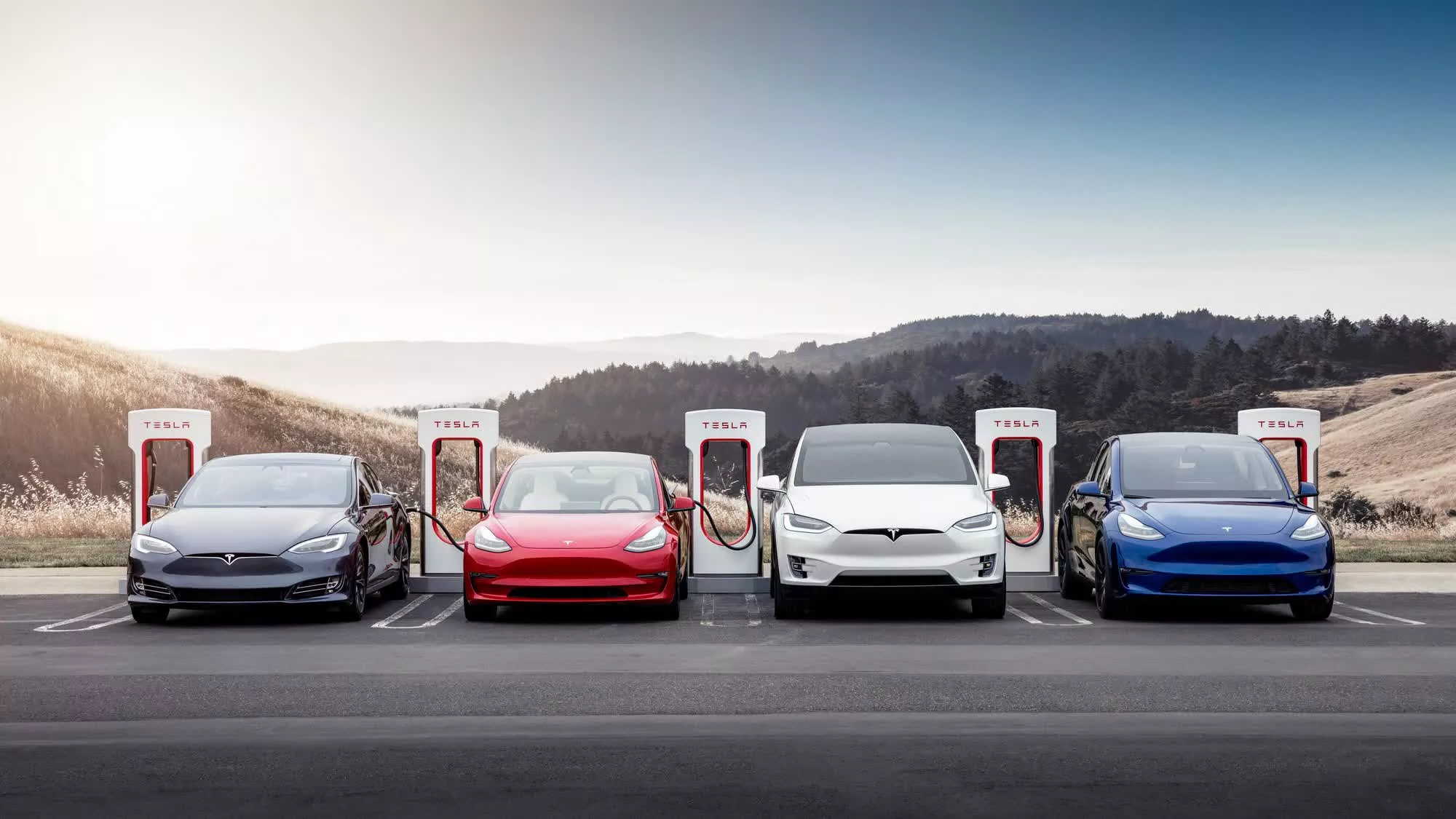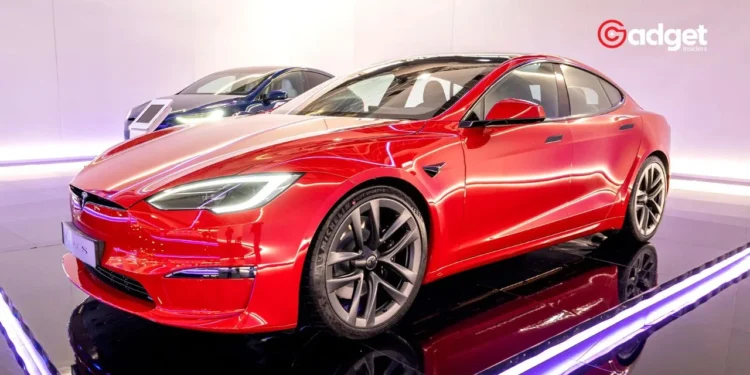This decision unfolds against a backdrop of Tesla being one of the largest beneficiaries of the Biden administration’s infrastructure initiatives, a point of contention given CEO Elon Musk’s vocal criticisms of the current administration.

Tesla’s Supercharger Success and Sudden Shift
Tesla’s prowess in building and operating an extensive Supercharger network is well-documented and widely celebrated.
The network considered the best in the United States, recently received a significant boost with over $17 million in federal grants, accounting for almost 13% of all EV charging grants distributed as part of the Bipartisan Infrastructure Law.
This funding was allocated for developing 41 charging stations—a notable achievement, especially when compared to competitors like Francis Energy, which required $30.4 million for 37 stations.
If you are a Tesla investor, please like/repost this so that @elonmusk might see it and make some very needed changes.
So, about the recent waves of layoffs at Tesla. Whoever made this decision to put this Tesla supercharger on the 6th floor in the parking building of the…
— Ekapob (@ekapobX) April 30, 2024
Despite this advantage and the ongoing expansion of its charging capabilities, including opening Supercharger access to non-Tesla electric vehicles—a move that promised to enhance the network’s utility and profitability—the company has taken a puzzling turn by dismissing the team that has been pivotal to these achievements.

Elon Musk: The Irony of Tesla’s Funding Controversy
Adding layers to the unfolding drama is Elon Musk’s contentious public stance against President Biden, whom he has derisively criticized, contributing to a complex narrative about Tesla’s relationship with federal support.
As Politico noted, Tesla’s substantial slice of the grant pie did not trigger antitrust concerns, suggesting a careful balance in grant allocation.
Yet, Elon Musk’s abrasive comments towards an administration that is indirectly bolstering his company’s infrastructure projects paint a picture of a CEO playing a double game—capitalizing on federal funds while biting the hand that feeds.
The Broader Impact and Industry Reactions
Elon Musk’s decision to lay off the Supercharger team has raised more questions than answers. It disrupts what appeared to be a strategic expansion of Tesla’s charging infrastructure, potentially affecting other automakers who have recently adopted Tesla’s North American Charging Standard (NACS) and were likely counting on a growing network of compatible Superchargers.
As the industry grapples with these changes, speculation abounds about Tesla’s long-term strategy. Is this merely a tactical pivot, or is Tesla preparing to reduce its involvement in the charging sector? Could this signify a shift towards new technologies or methodologies in deploying charging solutions, or is it a cost-cutting measure in disguise?
What’s Next for Tesla and the EV Charging Landscape?
The future of Tesla’s involvement in EV charging infrastructure is now uncertain. Observers are left wondering whether the company will maintain its commitment to expanding the Supercharger network or if this marks a strategic withdrawal, possibly making room for new initiatives or partnerships.

Amidst these developments, the electric vehicle market continues to evolve rapidly. Competitors may see this as an opportunity to fill the void left by Tesla, potentially leveraging their own technologies and federal support to build out alternative charging networks.
Tesla at a Crossroads
As Tesla navigates this unexpected turn in its business strategy, the broader implications for the electric vehicle industry and federal infrastructure initiatives remain to be seen.
What is clear is that Tesla’s actions will continue to influence the market dynamics and regulatory discussions around the future of electric mobility in the U.S. Stakeholders across the industry will be watching closely, eager to understand the full impact of Tesla’s latest maneuvers and Elon Musk’s enigmatic leadership style.










